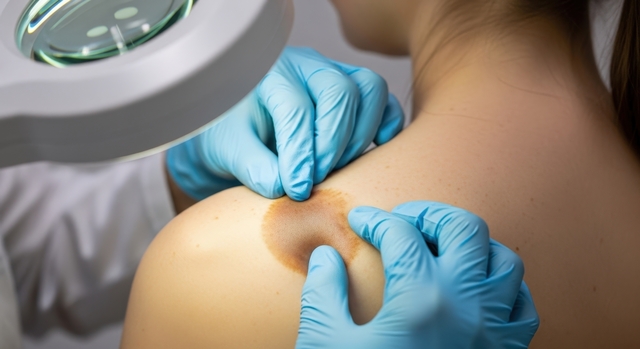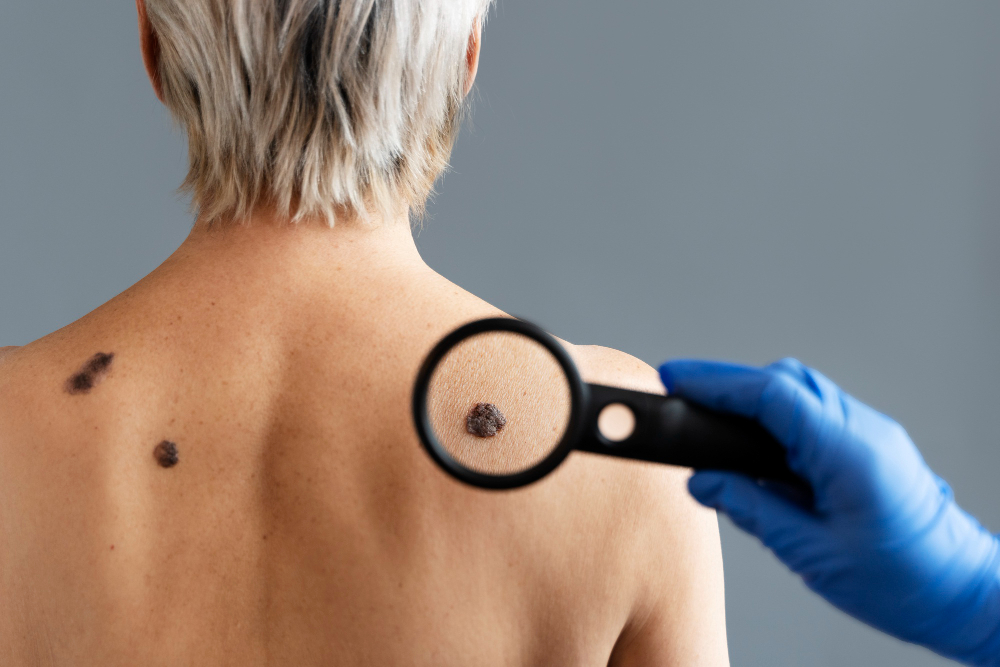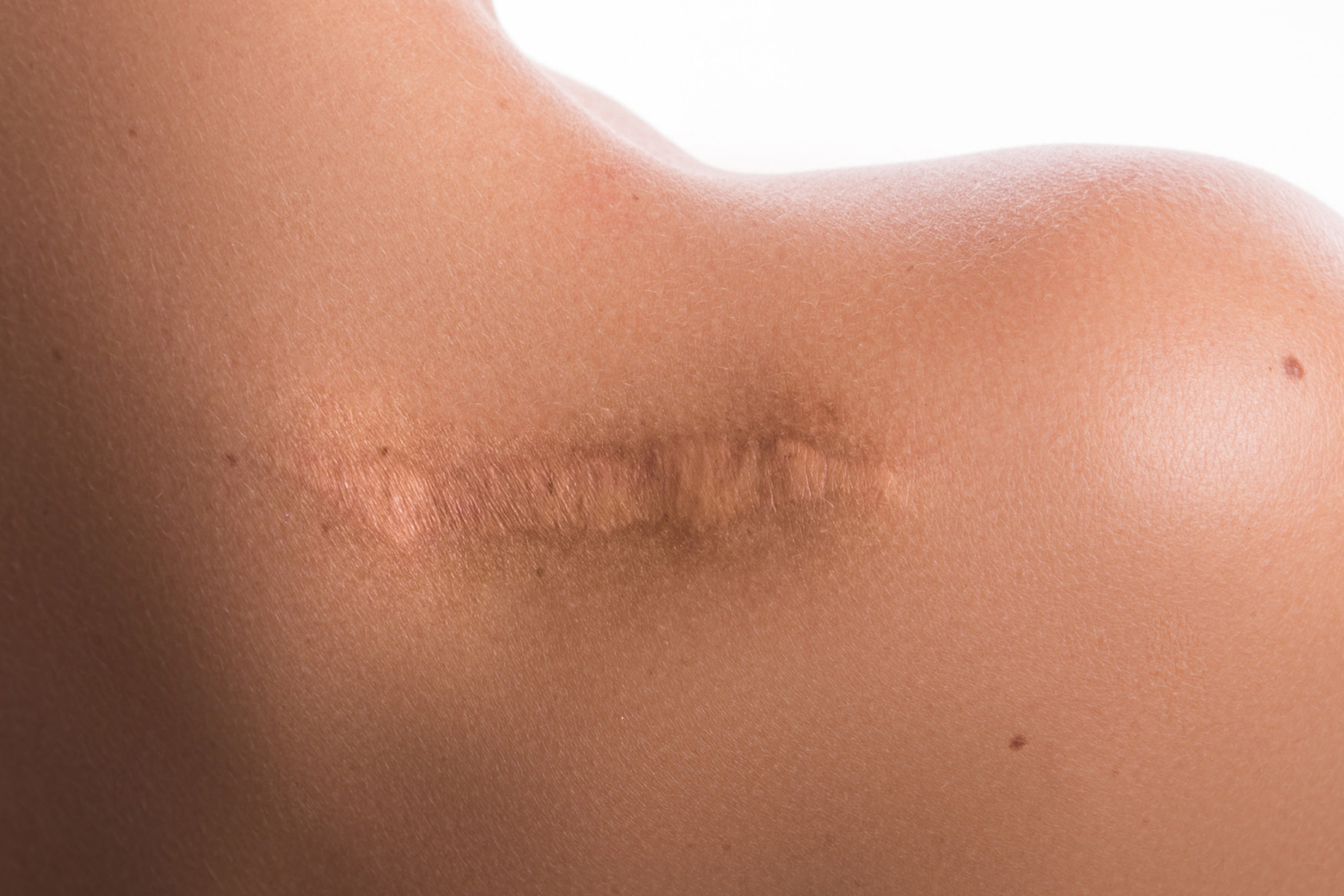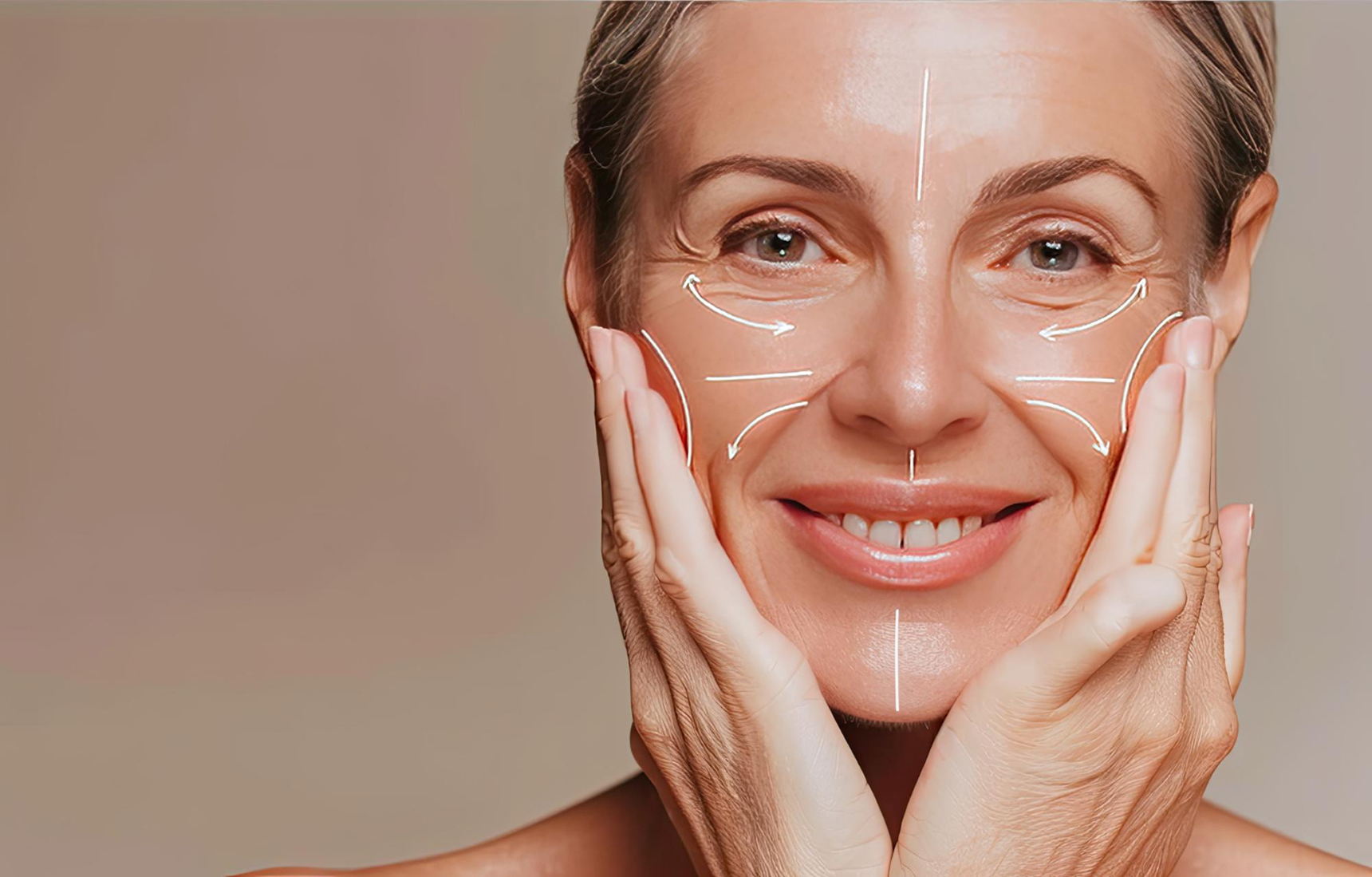

Before any procedure, our medical team performs a personalised diagnostic evaluation to confirm that the lesion is benign. When necessary, a digital dermatoscopy or biopsy may be carried out to rule out risks and define the best approach.
Once diagnosed, the most suitable technique is chosen from our ablative lasers (Erbium:YAG or CO₂) or radiofrequency micro-excision, depending on the lesion’s type and depth.
These advanced systems allow the layer-by-layer vaporisation of affected tissue without damaging surrounding skin, ensuring smooth regeneration and virtually scar-free results.

1
2
3
Duration:
Number of Sessions:
Recovery / Downtime:
Pain Level:
Pre-Treatment:
Post-Treatment:
Short-term: immediate lesion removal and smoother skin.
Long-term: complete skin regeneration with natural texture and minimal marks.
• Active skin infections or open wounds in the area.
• Suspicious or pigmented lesions (require biopsy or specialist referral).
• Pregnancy (for extensive procedures).
• Size and type of lesion.
• Number of lesions to be removed.
• Technology used (Erbium:YAG, CO₂, or radiofrequency).




